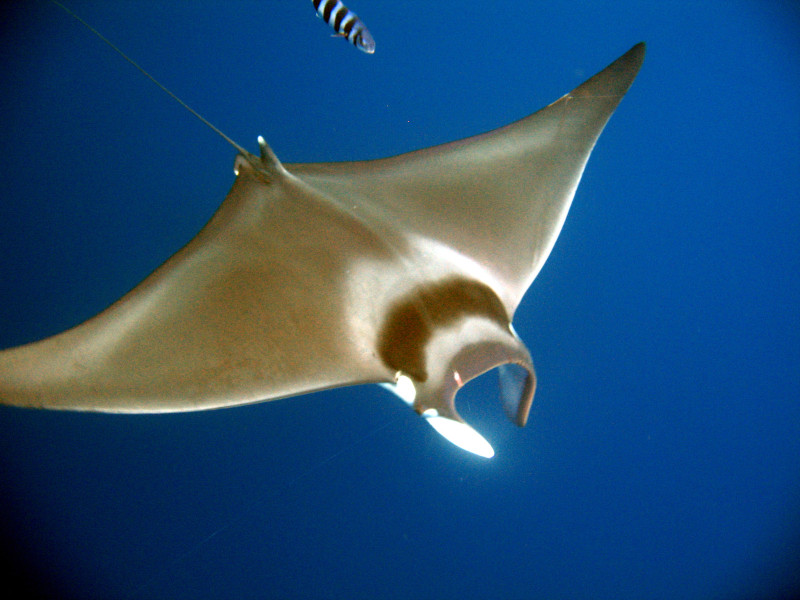
Spinetail mobula Facts
- This majestic denizen of the marine waters of the world remains best known by the common name of the Spinetail mobula. Yet the fish has other titles, too. They include such intriguing monikers as the Japanese mobula ray and the spinetail devil ray.
- Inside of the scientific community, however, it’s generally somewhat better known by its technical title. Thankfully, that’s a relatively simple term for the layperson to pronounce. That’s because the pecies holds the official name of Mobula japanica.
- It received that title due to the combined efforts of two German researchers. Johannes Peter Müller and Friedrich Gustav Jakob Henle recorded the first recognition of it as a separate and distinct species. They accomplished this feat in the year 1841.
- Fortunately, the impressive Spinetail mobula possesses a population base that’s both stable and sufficient. That pleasant situation seems to also hold true throughout the entirety of its range. The IUCN thus currently lists it as Least Concern on its Red List.
- The remarkable animal nevertheless faces several potential threats to its continued existence. Like many creatures, most of these stem from the actions of mankind. They include accidental bycatch, habitat degradation, and the effects of climate change.
Related Articles
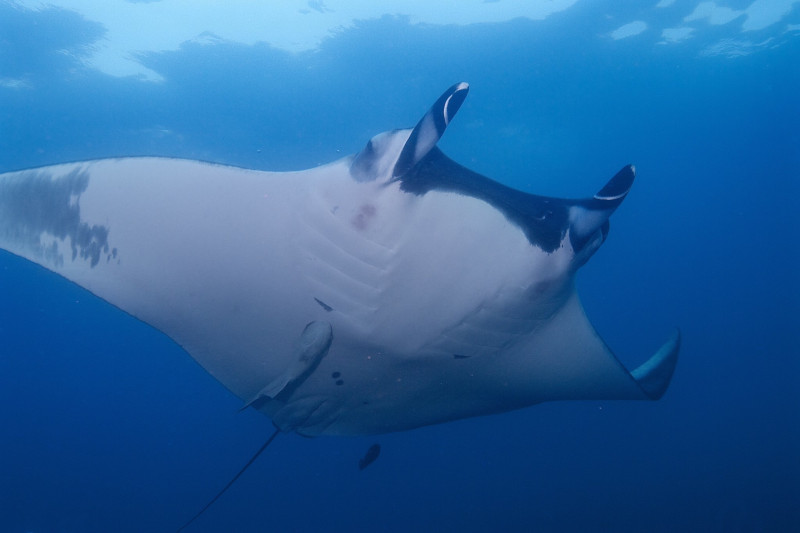
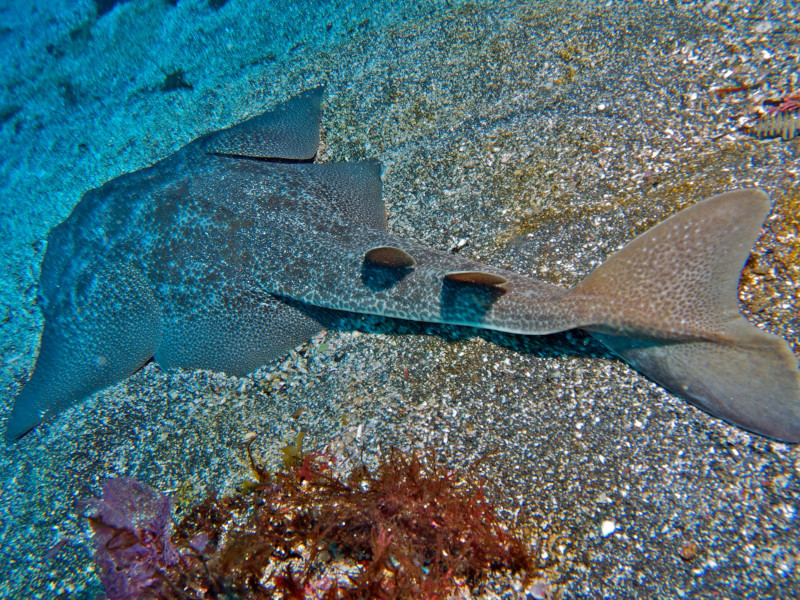
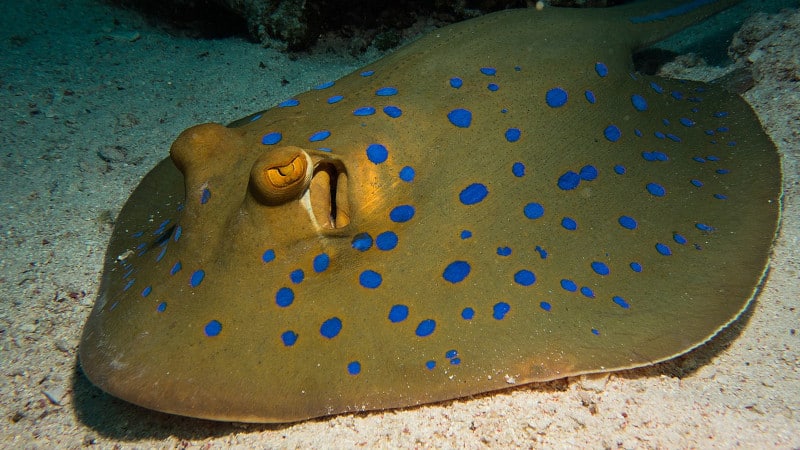
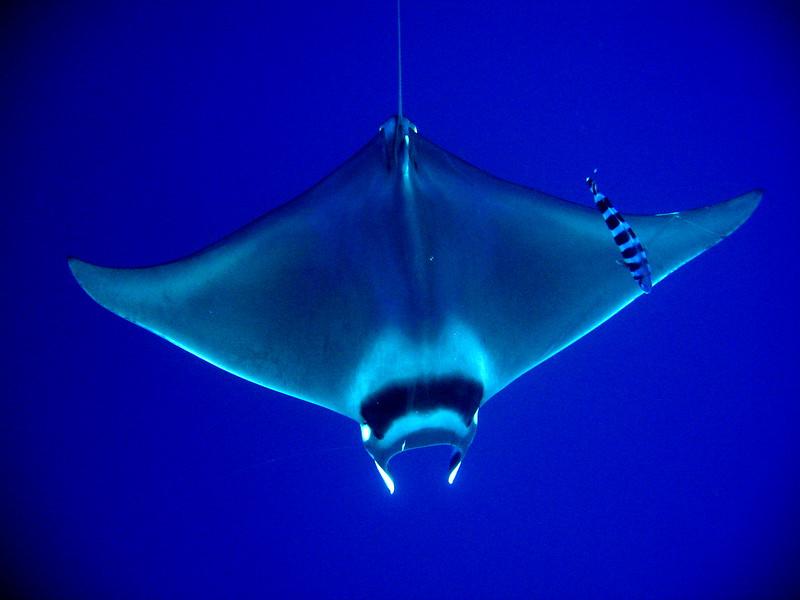
Spinetail mobula Physical Description
The intriguing Spinetail mobula represents one of those creations of Nature that garner appreciation for a variety of reasons. That’s true since this remarkable fish possesses impressive attributes pertaining to not only its beauty, but its sheer physical dimensions, too.
The ray also distinguishes itself from many other creatures around the world in a specific way. That’s because, unlike many species, this animal displays no noticeable amount of the physiological trait of sexual dimorphism in terms of either size of appearance.
Individuals of both sexes therefore present the same outward phsyical characteristics. Both genders attain an average disk width equaling approximately 7.6 ft (2.3 m). Exceptional specimens do occur, however. The disks of these sometimes reach up to 10 ft (3.1 m) wide.
Like most of its kindred, the animal has a highly flattened body shape. It also has relatively large pectoral fins extending from either side of the disk. It further displays a second pair of smaller fins at the front of the body. These are actually an extension of the other fins.
The Spinetail mobula also displays a captivating pattern of coloring. The upperside of the body shows a deep bluish mauve shade. A single large black band extends from eye to eye. The underside, though, shows white. The smaller fins display slivery gray with black tips.
It also varies in appearance from other large rays in several other ways. It displays a white-tipped dorsal fin, as well as an obvious spine between the base of the dorsal fin and the beginning of the tail. That tail itself also typically reaches a greater length than in most rays.
- Kingdom: Animalia
- Phylum: Chordata
- Class: Chondrichthyes
- Order: Myliobatiformes
- Family: Mobulidae
- Genus: Mobula
- Species: M. japonica

Spinetail mobula Distribution, Habitat, and Ecology
The beautiful Spinetail mobula evolved as native to a comparatively large expanse of the marine regions of the earth. While the full extent of that zone of habitation might not surprise many of you, the precise location of its endemic territory just might do so for some.
That’s due to the fact that this marvel of Nature developed as native to most of the tropical and sub-tropical waters of eastern Atlantic Ocean and the Indo-Pacific Ocean. It’s also present in such connected regions as the Gulf of California, in Mexico, in North America.
This impressive natural wonder also evolved as extremely flexible in its choice of habitat. This results of it being found in an extraordinarily wide range of locations within its greater range. The only underlying requeirements appear to be water temperature and salinity.
The fascinating variety of fish lives in regions quite close to shore, almost to the shoreline, for one. Yet it also appears significantly further out to sea, in the vastly deeper areas. There, it’s spotted equally as often at great depths and at or near the surface of the ocean.
The Spinetail mobula further displays flexibility in its social habits. Examples choose to live both as a solitary individual and in groups of varying sizes. Researchers still know little about its mating habaits. It’s an ovoviviparous species, giving birth to live young.
It’s a filter feeder, with its principal food consisting of zooplankton. These it consumes via a filtering process. Its predators remain undetermined, but likely include such animals as larger sharks and Orcas. It’s lifepan is also unknown, but thought to be around 15 years.
Species Sharing Its Range
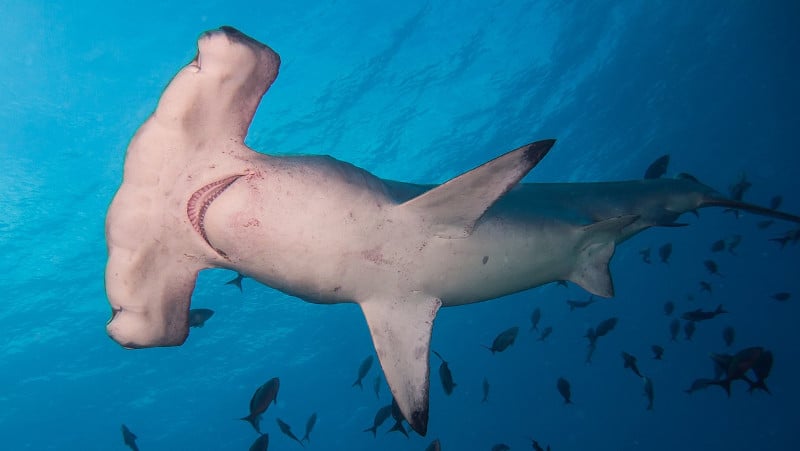
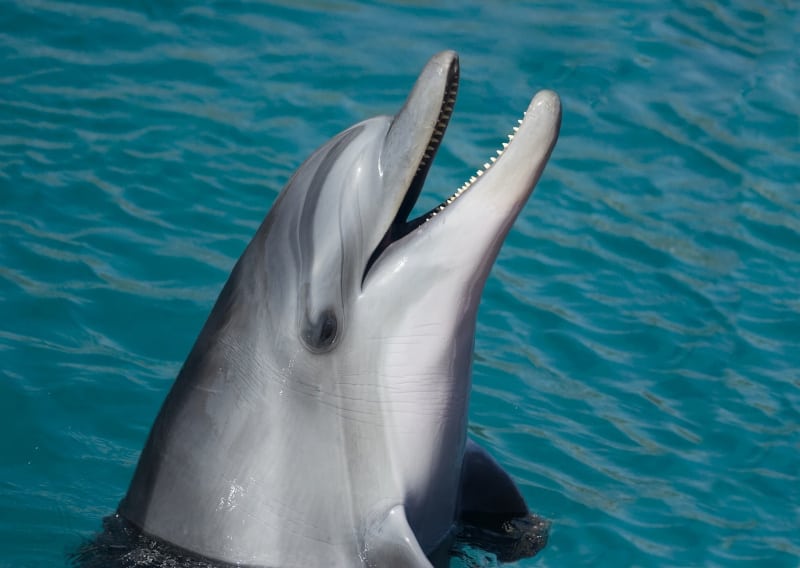
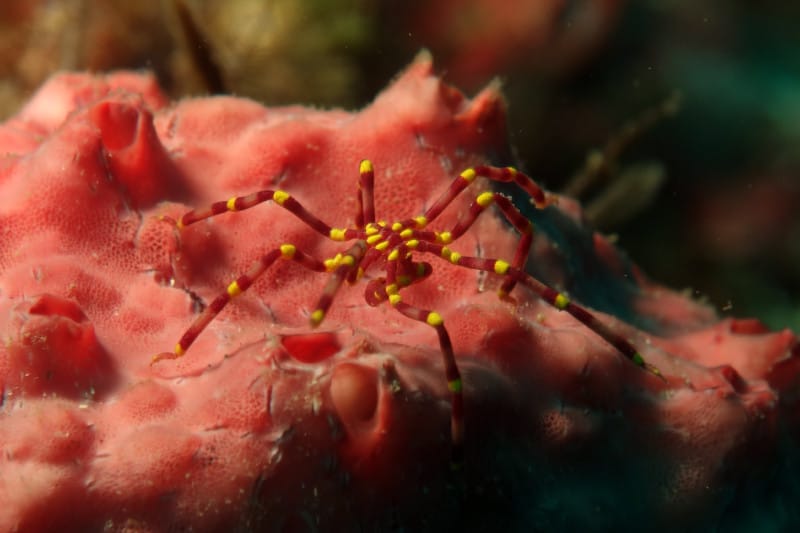
Check out our other articles on 5 Marvelous Plants of Maine, Golden Jackal, Blood Falls, Appalachian Avens, Southern Darwin’s Frog, June Bug, Pesquet’s Parrot, Mangrove Monitor









Leave a Reply